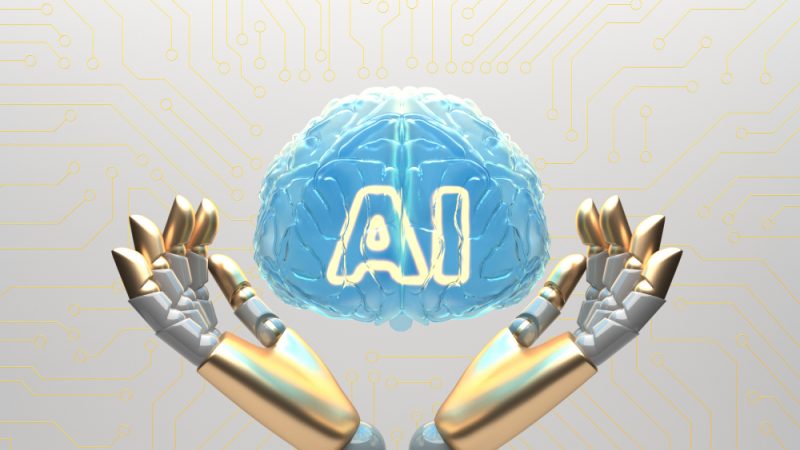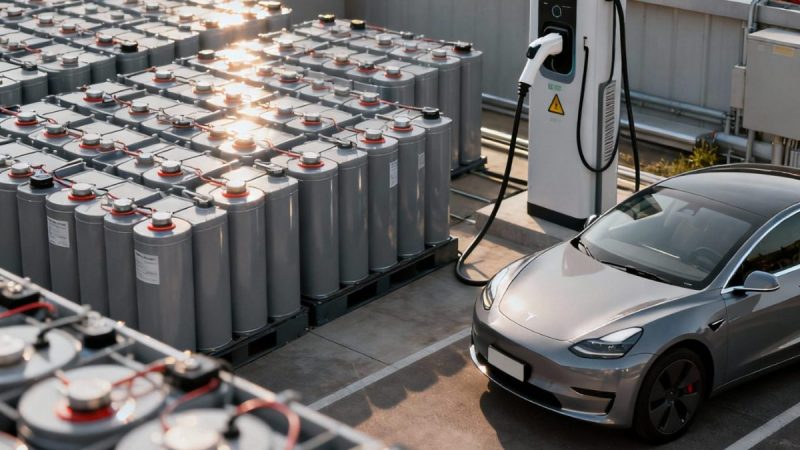How AI and Automation Are Shaping the Future of Farming

In 2025, the most advanced farms don’t wait for the farmer to make decisions – they make many of them on their own. Artificial intelligence systems review sensor data overnight, prioritize tasks, and even assign jobs to autonomous machines before the sun rises. This shift from reactive to predictive agriculture is redefining how food is produced – replacing guesswork with real-time data and machine learning.
Here’s how AI and automation are reshaping the future of crop and livestock management.
The Limits of Traditional Farming
For generations, farming has relied on experience, observation, and manual labor. While effective for its time, this approach often leads to inefficiencies – missed planting windows, overuse of resources, and inconsistent yields. As global food demands increase and environmental pressures intensify, farmers are turning to technology to optimize the use of land, labor, and capital.
What AI and Automation Bring to the Field
AI in agriculture combines tools like machine learning, computer vision, and analytics to process large volumes of farm data. It helps optimize activities such as irrigation, fertilization, and harvesting, offering recommendations and predictions that were once only possible through years of hands-on experience.
Automation refers to machinery that carries out tasks with minimal human intervention. From robotic harvesters and smart irrigation systems to drones and autonomous tractors, these technologies reduce labor demands while boosting efficiency.
Together, AI and automation form the foundation of smart farming—systems designed to enhance accuracy, productivity, and long-term sustainability.
Smarter Crop Management Through AI
Crop cultivation is one of the most critical – and complex – aspects of farming. Today’s technology enables farmers to analyze soil conditions, weather forecasts, and historical performance to fine-tune every stage of the growing cycle.
Sensors embedded in fields provide real-time data on soil moisture, nutrient levels, and temperature.
AI-powered dashboards enable farmers to determine the optimal times for planting, irrigating, and harvesting.
Precision irrigation and fertilization systems, guided by AI, ensure inputs are applied exactly where needed – improving yields and reducing waste.
Drones, equipped with high-resolution cameras and AI algorithms, monitor crop health from the air and apply nutrients or pesticides with surgical accuracy.
Disease and pest detection tools, powered by machine learning, can identify early-stage issues from satellite images or smartphone photos.
Robotic equipment can also automate routine tasks such as seeding, weeding, and harvesting, allowing farmers to focus on higher-level planning.
AI’s Role in Livestock Management
The impact of AI isn’t limited to crops. In livestock farming, innovative systems help monitor animal health, manage nutrition, and improve welfare.
Wearable sensors and smart collars track an animal’s movement, eating habits, and vital signs around the clock.
AI algorithms analyze this data to detect signs of illness or stress before symptoms become visible.
Automated feeding systems deliver personalized nutrition based on individual animal profiles.
Computer vision tracks animal behavior, flagging aggression or distress in real-time.
Robotic milking systems adjust routines based on udder health, milk yield, and cow comfort.
Sorting systems utilize AI to separate animals based on weight, health, or production stage, streamlining workflows and minimizing stress.
Tangible Benefits on the Ground
The value of AI and automation in agriculture is already visible across farms that have adopted these technologies.
Greater productivity – Intelligent systems can operate continuously, manage resources efficiently, and reduce seasonal variability.
Lower input waste – Smart irrigation and fertilizer systems use only what’s needed, reducing environmental impact and input costs.
Improved animal welfare – Continuous monitoring enables faster treatment, better health outcomes, and fewer losses.
Reduced labor needs – Automation cuts the time and staff required for repetitive tasks.
Data-informed decision-making – Farmers can use real-time insights to adjust operations and make smarter long-term investments.
Challenges That Remain
Despite the benefits, AI and automation come with challenges that must be addressed for broader adoption.
High upfront costs – Advanced machinery and software often require significant capital investment, and the learning curve can slow down early productivity.
Digital infrastructure gaps – Many rural regions still lack reliable internet, limiting access to cloud-based platforms and live data analytics.
Data security concerns – Farmers worry about who owns and controls the large volumes of data these systems generate.
System reliability – Overreliance on technology raises the stakes if something goes wrong, such as a system crash during harvest season.
Final Thoughts
AI and automation are no longer future concepts – they are actively reshaping agriculture today. Whether it’s managing field-level fertilization or tracking livestock health, these technologies are helping farmers work smarter, not harder.
As the industry evolves, farms that adopt intelligent tools will be best positioned to meet growing demand while remaining sustainable and competitive.
Want to know more? Reach out to our team for insights on how digital solutions can support your farming operations.






